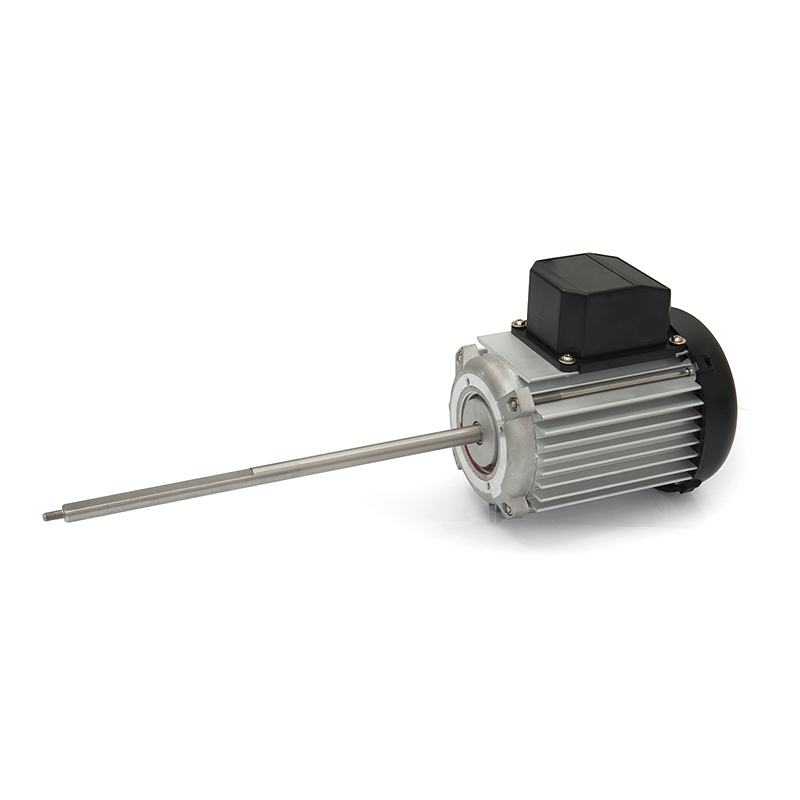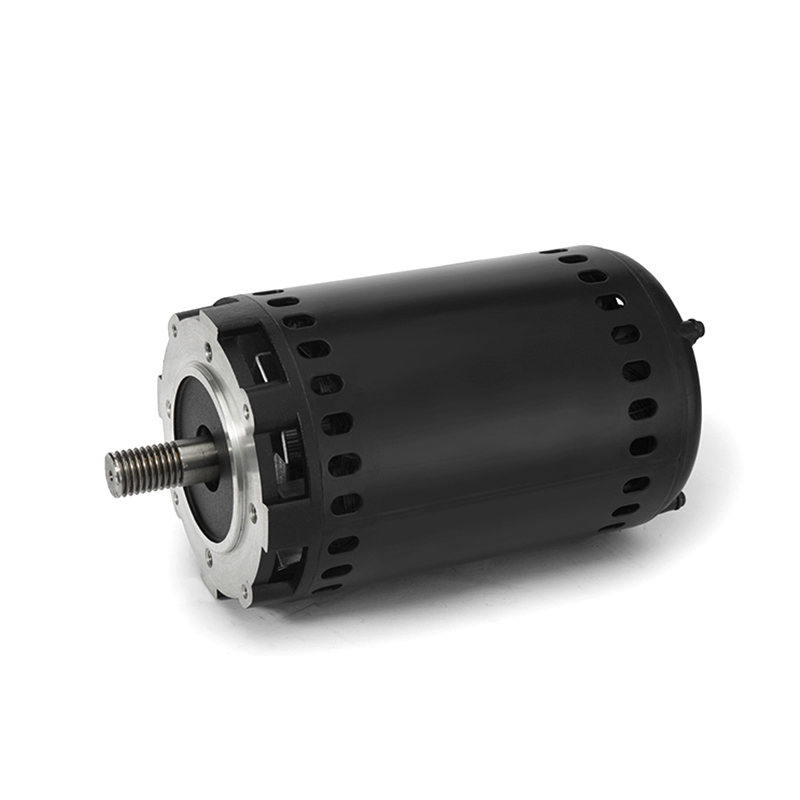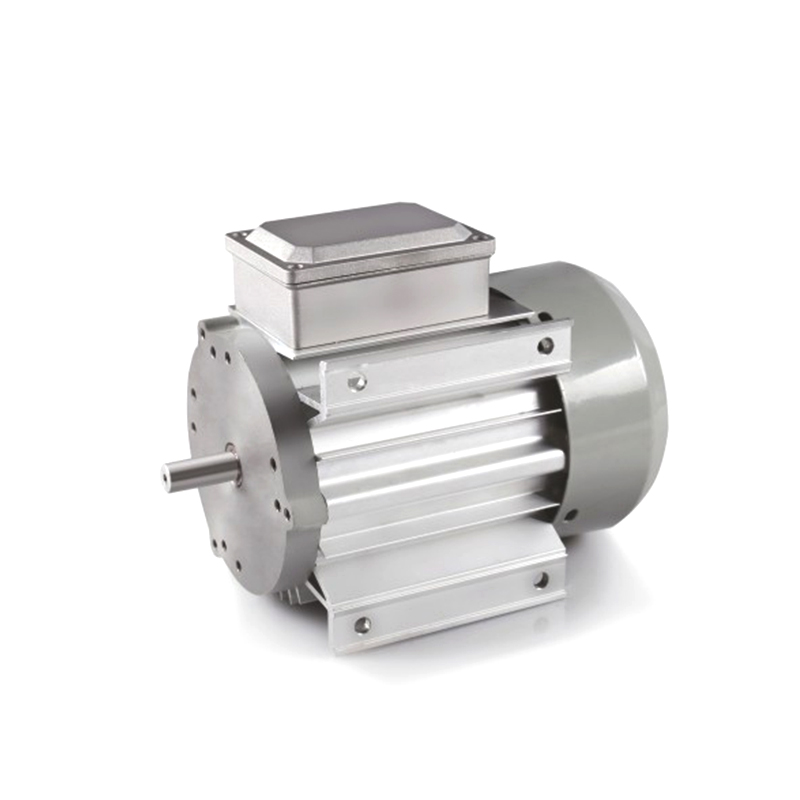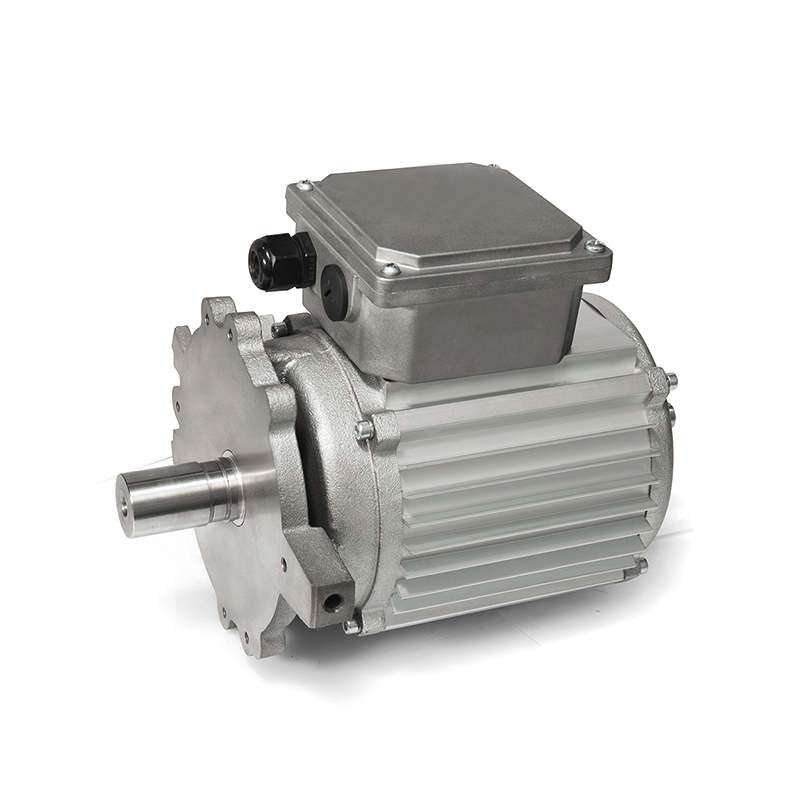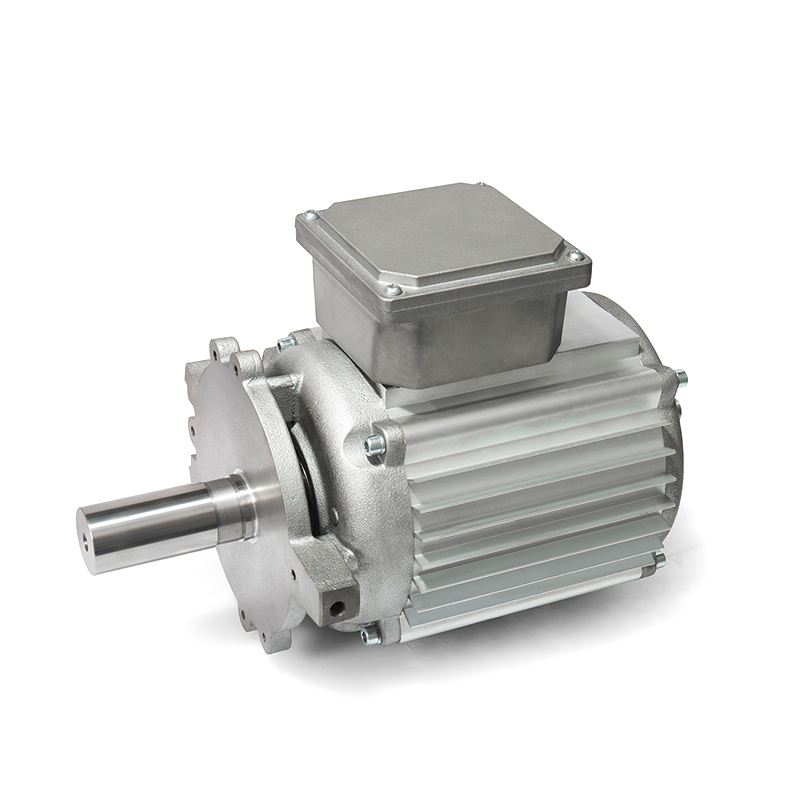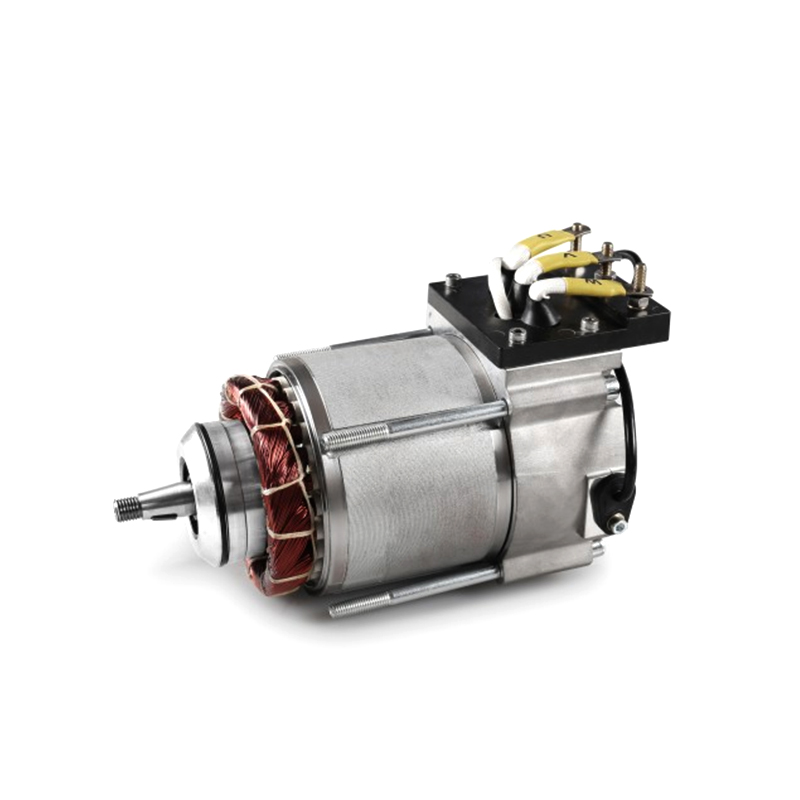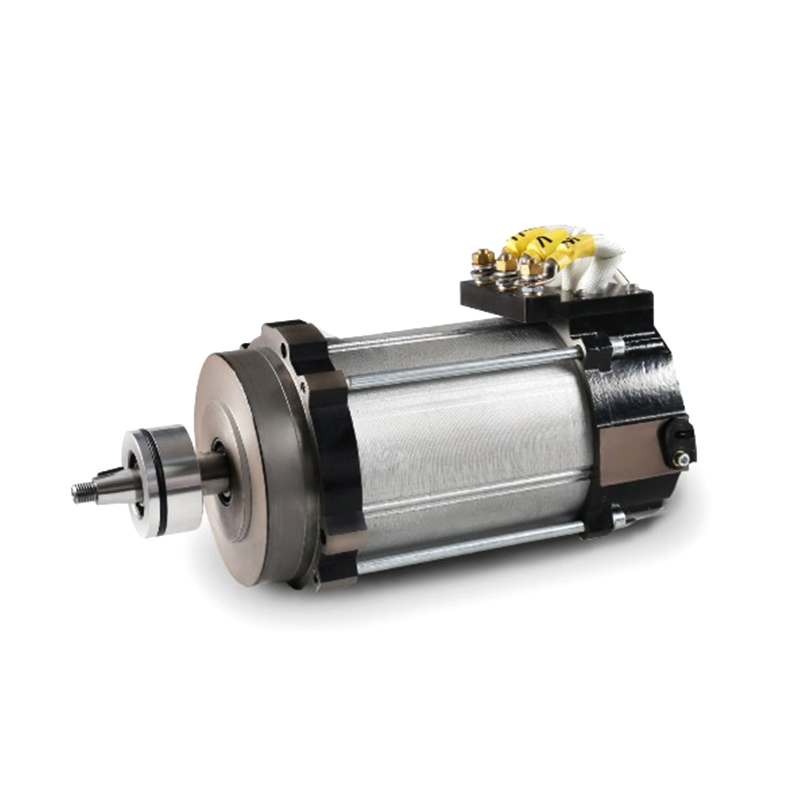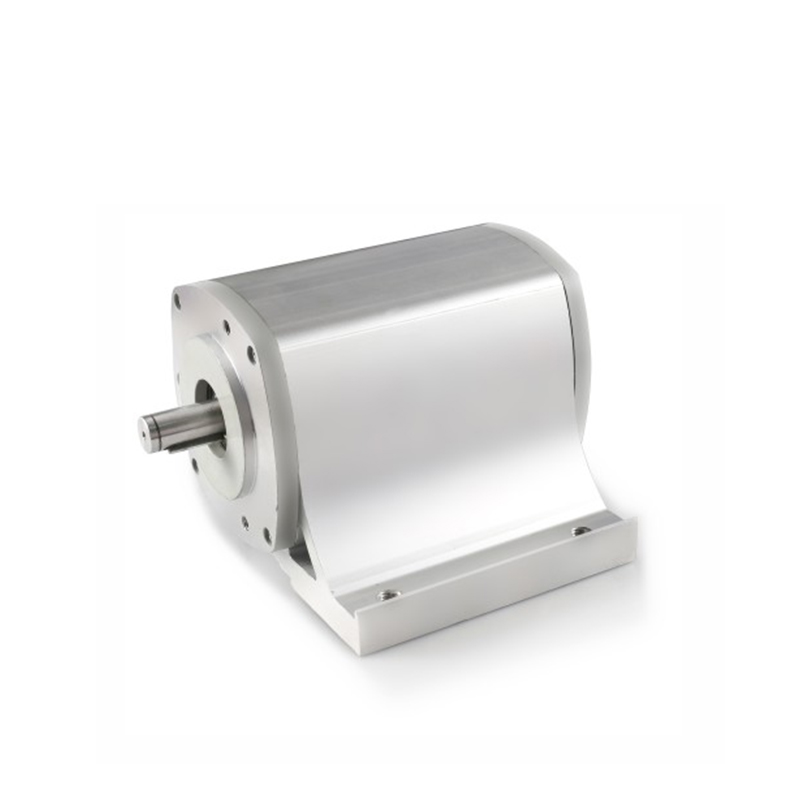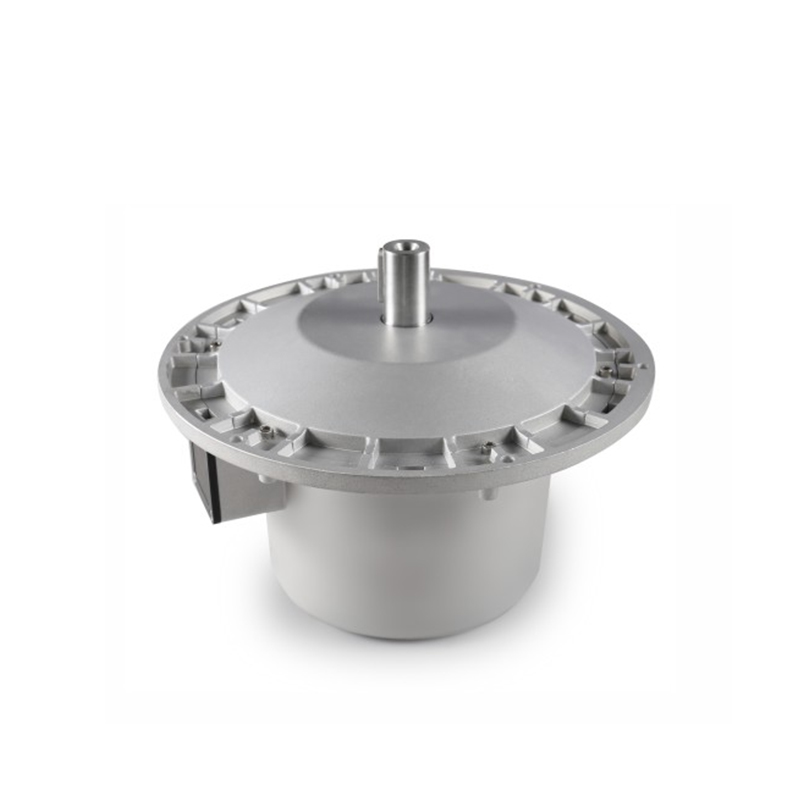How Does a Single-phase Induction Motor Differ from a Three-phase Induction Motor?
Induction motors are the backbone of modern electrical machinery, widely used in industrial, commercial, and household applications due to their robust construction, reliability, and efficiency. Among them, single-phase and three-phase induction motors are the most common types, each designed for specific use cases. Although they operate on the same basic electromagnetic principles, their construction, operation, performance characteristics, and applications vary significantly. Understanding these differences is crucial for engineers, technicians, and end-users to choose the right motor for a given application.
This article provides an in-depth comparison of single-phase and three-phase induction motors, highlighting their working principles, design, efficiency, starting methods, and applications.
1. Overview of Induction Motors
An induction motor is an AC motor where current is induced in the rotor through electromagnetic induction from the stator’s magnetic field. Induction motors are preferred because of their simplicity, durability, low maintenance requirements, and ability to operate in harsh environments.
- Single-phase induction motors are designed to operate on single-phase AC power, typically 120V or 230V in residential and light industrial settings.
- Three-phase induction motors run on three-phase AC power, commonly found in industrial and commercial applications, typically 380V to 480V.
The choice between single-phase and three-phase motors depends on power availability, load type, starting requirements, and operational efficiency.
2. Basic Construction Differences
The structural design of single-phase and three-phase induction motors differs primarily in their stator winding arrangements:
a. Single-phase Induction Motor
- The stator has a single-phase winding supplied with AC voltage.
- Rotor types are usually squirrel-cage or wound rotors, similar to three-phase motors.
- Since a single-phase supply does not naturally produce a rotating magnetic field, additional components like start windings and capacitors are used in some designs to create a phase shift and initiate rotation.
b. Three-phase Induction Motor
- The stator contains three separate windings, spaced 120° apart electrically.
- This configuration produces a rotating magnetic field naturally, eliminating the need for auxiliary windings.
- Rotors are typically squirrel-cage type, which are robust and maintenance-free, or wound rotors for adjustable-speed applications.
The key difference is that three-phase motors inherently produce a rotating magnetic field, whereas single-phase motors require additional mechanisms to start rotation.
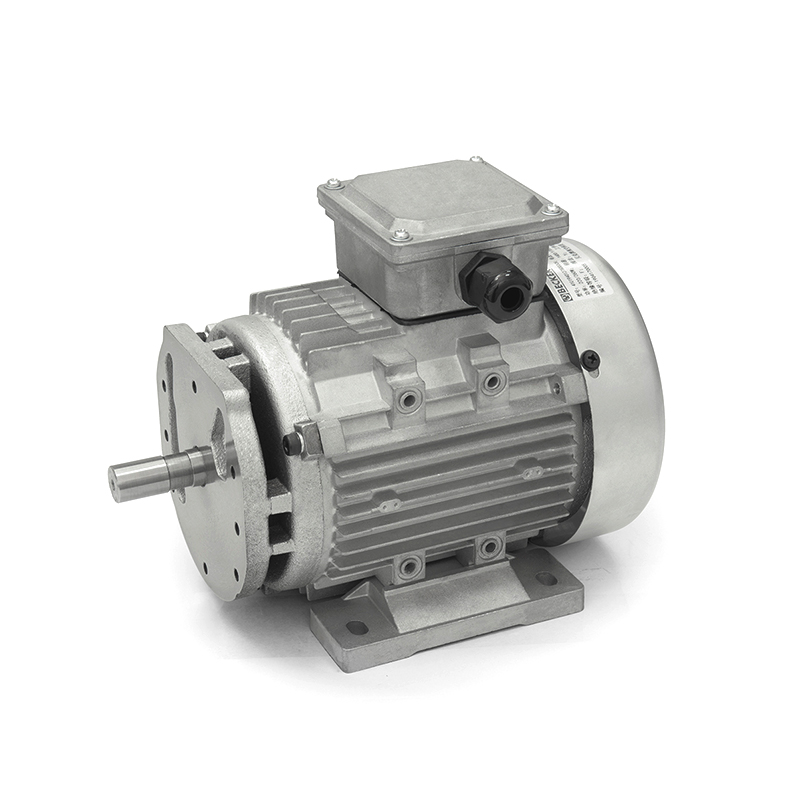
3. Working Principle Differences
a. Single-phase Induction Motor
A single-phase induction motor operates on the principle of electromagnetic induction, but a single-phase AC supply produces a pulsating, not rotating, magnetic field.
-
To overcome this, the motor is designed with auxiliary components:
- Split-phase motors: Use an additional start winding with different resistance to create a phase difference.
- Capacitor-start motors: Employ a capacitor to produce a larger phase shift and higher starting torque.
- Shaded-pole motors: Utilize a small copper shading coil to generate a weak rotating field, suitable for low-torque applications.
Once the motor starts, the rotor maintains rotation due to the induced current and the interaction with the magnetic field.
b. Three-phase Induction Motor
A three-phase induction motor operates on a rotating magnetic field generated naturally by the three-phase stator currents:
- The stator currents are 120° out of phase with each other, creating a continuously rotating magnetic field.
- The rotor experiences this field as a rotating magnetic flux, inducing currents that generate torque and cause rotation.
- No starting devices are required because the rotating field automatically initiates motion.
Thus, three-phase motors are inherently more efficient and self-starting.
4. Starting Methods and Torque Characteristics
a. Single-phase Motors
-
Single-phase motors generally produce low starting torque.
-
To overcome this, start windings, capacitors, or shaded poles are incorporated.
-
Once running, the auxiliary components may be disconnected (in capacitor-start motors) to improve efficiency.
-
Common types of single-phase motors include:
- Split-phase motor: Medium starting torque, widely used in small appliances.
- Capacitor-start motor: High starting torque, suitable for compressors and pumps.
- Shaded-pole motor: Low starting torque, used in fans and small devices.
b. Three-phase Motors
- Three-phase motors provide high starting torque without additional devices.
- Their torque is more uniform and smoother, resulting in less vibration.
- No capacitor or start winding is needed.
- The motor can handle heavier loads and larger industrial applications efficiently.
5. Efficiency and Power Factor Differences
a. Single-phase Induction Motor
- Efficiency is lower, typically ranging from 50% to 75% depending on the design.
- The power factor is also lower, often between 0.6 to 0.8.
- Higher losses occur due to starting resistances and additional windings.
- Suitable for low-power applications (usually below 5 HP).
b. Three-phase Induction Motor
- Efficiency is higher, often between 85% and 95%.
- Power factor is better, generally 0.8 to 0.95 under full load.
- Less copper and iron losses due to balanced three-phase operation.
- Suitable for medium to high-power applications (5 HP and above).
6. Load Handling and Application Differences
a. Single-phase Motors
-
Best suited for residential, small commercial, and light industrial loads.
-
Common applications include:
- Fans, blowers, and pumps.
- Household appliances like washing machines, air conditioners, and mixers.
- Small tools and compressors.
-
Not ideal for heavy or continuous industrial loads due to lower efficiency and torque limitations.
b. Three-phase Motors
-
Designed for industrial and heavy-duty applications.
-
Common applications include:
- Conveyors, hoists, and elevators.
- Industrial pumps and compressors.
- Large fans, blowers, and machine tools.
-
Excellent for continuous and fluctuating loads, providing stable performance and high reliability.
7. Cost and Maintenance Considerations
a. Single-phase Motors
- Generally cheaper and simpler in design for low-power applications.
- Require less electrical infrastructure, only a single-phase supply.
- Maintenance is relatively straightforward but may require periodic capacitor replacement in capacitor-start designs.
b. Three-phase Motors
- Higher initial cost due to complex stator and higher power requirements.
- Require three-phase electrical supply, usually available in industrial settings.
- Maintenance is easier in terms of rotor and stator durability, as they have robust construction and self-starting capabilities.
- Long-term operational cost is lower due to higher efficiency and better performance.
8. Summary of Key Differences
| Feature | Single-phase Induction Motor | Three-phase Induction Motor |
| Power Supply | Single-phase AC | Three-phase AC |
| Starting Torque | Low, auxiliary winding often needed | High, self-starting |
| Rotating Magnetic Field | Pulsating, requires phase shift to start | Naturally rotating field |
| Efficiency | 50–75% | 85–95% |
| Power Factor | 0.6–0.8 | 0.8–0.95 |
| Application | Household, small appliances, light loads | Industrial, heavy machinery, continuous loads |
| Cost | Lower | Higher |
| Maintenance | Moderate, capacitor replacement possible | Low, durable construction |
9. Conclusion
While both single-phase and three-phase induction motors operate on the principle of electromagnetic induction, their construction, starting methods, efficiency, and applications differ significantly.
- Single-phase induction motors are ideal for small-scale applications, offering simplicity and cost-effectiveness but limited by lower starting torque and efficiency.
- Three-phase induction motors excel in industrial environments, providing higher starting torque, better efficiency, smoother operation, and reliability for heavy-duty applications.
Understanding these differences helps engineers, designers, and technicians choose the right motor type for specific applications, ensuring operational efficiency, longevity, and performance.
In essence, selecting between single-phase and three-phase induction motors depends on power supply availability, load requirements, operational environment, and cost considerations. Both types remain indispensable in modern electrical engineering, powering everything from household appliances to large industrial machinery.
-
Feedback
Hotline:0086-15869193920
Time:0:00 - 24:00


 English
English Deutsch
Deutsch italiano
italiano 中文简体
中文简体


